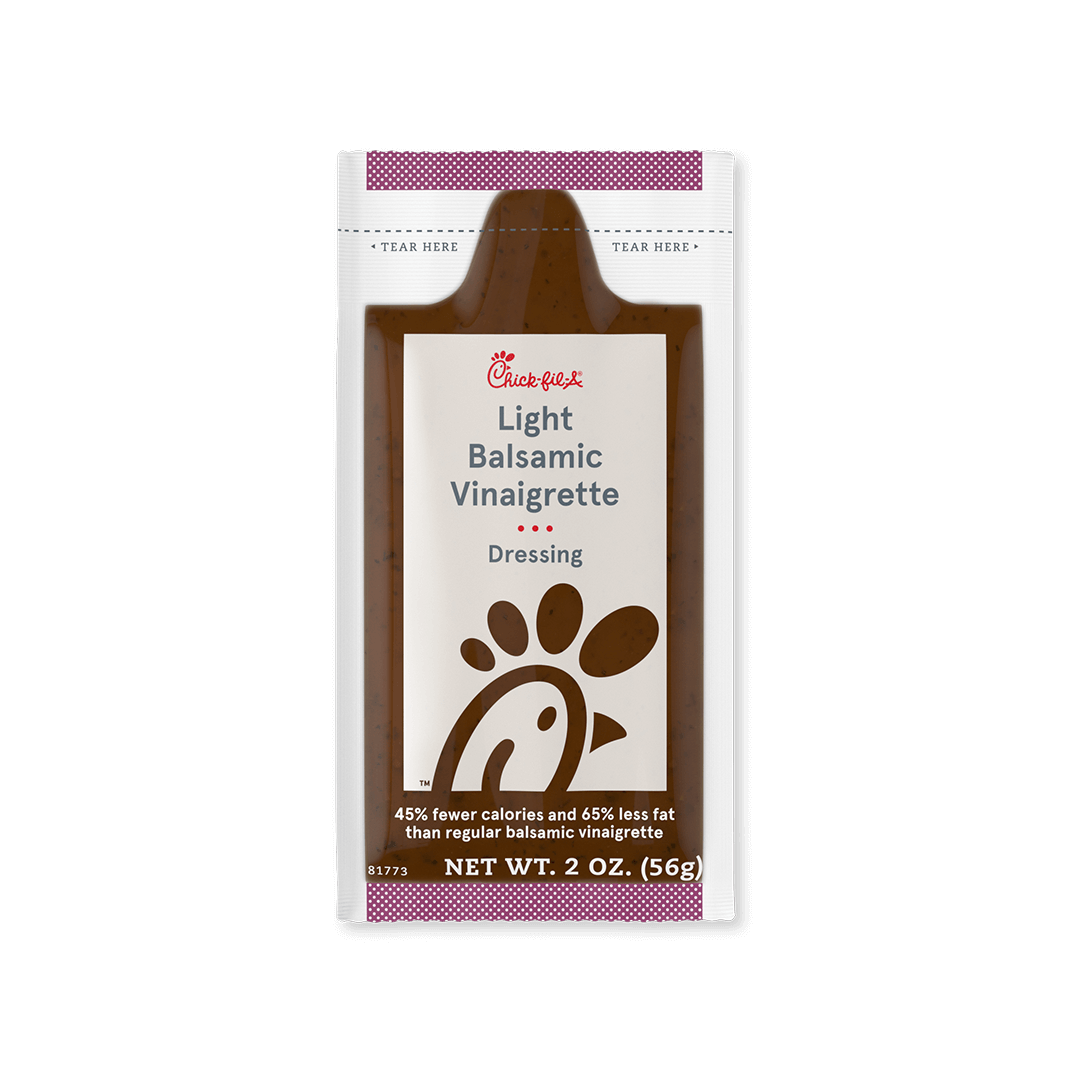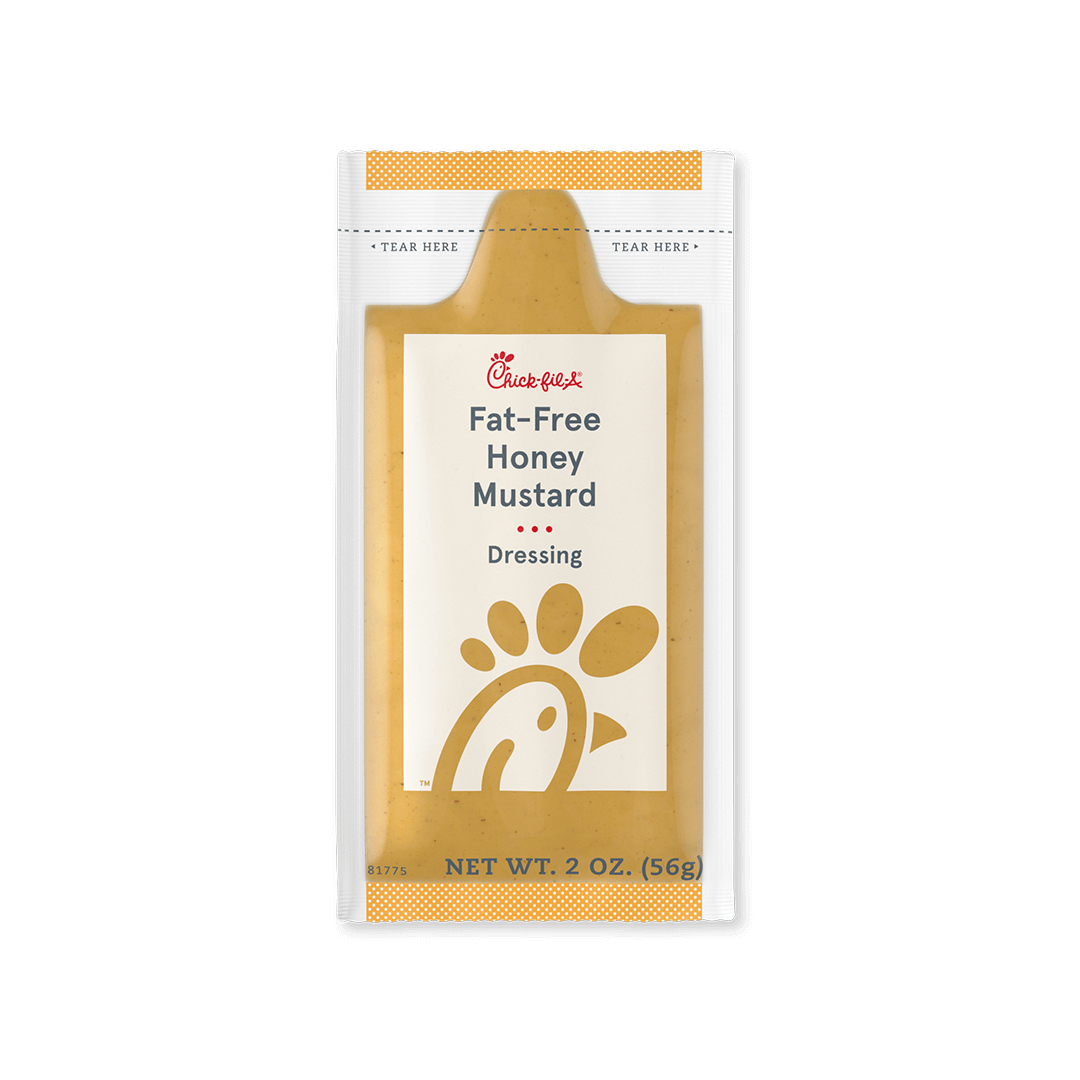Around the world, chicken wraps are becoming more and more popular as a meal. Because they are flexible and easy to make, they are great for a quick lunch, dinner, or snack. But what exactly is a chicken wrap? This guide tells you everything you need to know about these tasty hand-held packages.
A Chicken Wrap Defined
At its core, a chicken wrap is cooked chicken wrapped in a soft tortilla or flatbread and topped with cheese, sauces, vegetables, and other things. Grilled, baked, fried, or rotisserie chicken are just a few of the ways the chicken can be cooked. The tortilla wraps around the ingredients to make a quick, portable meal that can be easily changed to fit different tastes and dietary needs.
Chicken wraps are commonly found at restaurants, cafes, and fast casual dining establishments as menu items. However, they are also easy and fun to make at home. Much of their appeal stems from how customizable they can be to incorporate different flavors.
The Origins and History
Mexican and Mediterranean foods, which often have meat and vegetables wrapped in flatbreads, are where the chicken wrap got its start. A lot of different foods, like burritos, tacos, gyros, and shawarma, use stuffed tortillas and pitas.
The modern chicken wrap grew in popularity in the 1980s and 1990s as Mexican-inspired flavors began spreading more widely across the United States and Europe. As wraps became a lunch and dinner menu staple at restaurants and cafes, the classic combination of chicken, cheese, lettuce, and tomato wrapped in a tortilla emerged as a top choice.
Over time, the basic chicken wrap evolved from its Tex-Mex and Southwest origins to take on Mediterranean, Asian, and other global influences. Popular regional variations emerged featuring flavors from Greece, Lebanon, India, Thailand and beyond. Health-conscious versions also arose, substituting components like whole grain wraps and avocado for cheese and sour cream.
The Anatomy of a Chicken Wrap
While creative adaptations abound, most chicken wraps contain a few core components:
-
Tortilla or flatbread – The outer wrapping, typically a flour tortilla, whole wheat tortilla, lavash, pita, or other pliable flatbread. Lettuce leaves or collard greens are sometimes used in place of bread for low-carb/gluten-free options.
-
Chicken—Baked, grilled, rotisserie, or fried chicken that has been shred, chopped, or sliced. Often seasoned, marinated, or tossed in sauce.
-
Vegetables – Lettuce, tomatoes, onions, bell peppers, roasted peppers, cucumbers, sprouts, mushrooms, and carrots are commonly used for added crunch, texture, flavor, and nutrients.
-
Cheese – Popular choices are cheddar, pepper jack, feta, mozzarella, Swiss, and Monterey jack. Can be left out for vegan versions.
-
Sauce/Dressing – Ranch, Caesar, hummus, tzatziki, barbecue sauce, buffalo sauce, guacamole, and sriracha are frequent chicken wrap sauces, adding moisture, flavor, and spice.
-
Other Fillings – Bacon, plant-based protein like chickpeas, rice, quinoa, beans, nuts, and more can be added as extra fillings.
How to Assemble the Perfect Chicken Wrap
Making your own crave-worthy chicken wrap at home simply takes a few preparation tips:
-
Have all ingredients prepped in advance – chopped veggies, cooked chicken, sauces, etc. This makes assembly much faster.
-
Warm the tortilla before assembling so it is pliable and won’t crack. 10-20 seconds in the microwave does the trick.
-
Spread sauce/dressing evenly over tortilla first before adding other fillings. This prevents the dreaded soggy wrap!
-
Layer harder vegetables closer to the wrap exterior and delicate lettuce towards center to avoid wilting while eating.
-
Don’t overstuff! Using reasonable proportions makes the wrap easier to roll up tight.
-
If eating on-the-go, wrap in foil or parchment paper to contain ingredients.
Popular Regional and Global Variations
One of the best qualities of chicken wraps is how well they adapt to different cultural influences and ingredients. Here are some of the many regional varieties enjoyed around the world:
Caesar Chicken Wrap – Grilled chicken, romaine lettuce, Parmesan, Caesar dressing.
Buffalo Chicken Wrap – Fried chicken, buffalo sauce, blue cheese dressing, lettuce, tomato.
Greek Chicken Wrap – Chicken, feta cheese, onions, tomato, cucumber, Greek yogurt sauce, lettuce.
Mediterranean Chicken Wrap – Hummus, grilled chicken, spinach, roasted red peppers, feta cheese.
Thai Chicken Wrap – Peanut sauce, chicken, red bell pepper, shredded carrots, cucumber, cilantro.
Tandoori Chicken Wrap – Spiced grilled chicken, lettuce, tomatoes, mango chutney yogurt sauce.
California Chicken Wrap – Guacamole, bacon, chicken, tomato, spinach, ranch dressing.
Crispy Chicken Wrap – Panko breaded chicken, lettuce, pico de gallo, avocado, chipotle mayo.
Unique and Creative Fillings to Try
Beyond the classic fillings, daring wrap-lovers can experiment with more unique ingredients like:
- Fruits – mango, dried cranberries, pineapple, grilled peaches
- Crunchy toppings – tortilla chips, wonton strips, toasted nuts
- Spicy additions – jalapenos, sriracha, chili crisp oil
- Global flavors – kimchi, curry powder, harissa, hoisin sauce
- Herbs – basil, mint, cilantro
- Pickled vegetables – pickled red onions, carrots, jalapenos
- Sweet additions – honey, jam, chutney
Don’t be afraid to think outside the box! Savory, spicy, crunchy, and sweet fillings can all combine deliciously in chicken wraps.
Tips for Making Healthy Chicken Wraps
Chicken wraps offer versatility not just in flavors, but in nutrition and diet as well. Here are some easy ways to make them healthier:
-
Use whole grain or vegetable-based tortillas and flatbreads instead of plain white flour.
-
Load up on veggies and limit cheese – vegetables add nutrients without many calories.
-
Swap full-fat sauces and dressings for lighter yogurt-based or olive oil-based options.
-
Opt for leaner grilled, baked or rotisserie chicken over fried. Remove skin to reduce fat and calories further.
-
Add healthy fats like avocado, nuts, seeds, or plant-based proteins like chickpeas or tofu.
-
Skip sugary additions like jam or chutney and add spice and flavor with herbs and chili powders instead.
Chicken Wrap FAQs
How do I prevent my chicken wrap from getting soggy?
- Use drier fillings like roasted veggies instead of raw, wet ingredients like tomato.
- Spread sauce on tortilla first before wet ingredients.
- Add a layer of lettuce between sauce and tortilla.
- Wrap tightly in foil and don’t assemble until ready to eat.
Can I make chicken wraps ahead of time?
Yes! Assemble wraps, then wrap tightly in plastic wrap and refrigerate for up to 2 days. Reheat in the oven or microwave before eating.
What are the best sauces for chicken wraps?
Popular choices are ranch, Caesar, BBQ sauce, buffalo sauce, guacamole, hummus, salsa, and Greek yogurt sauces. Pick flavors that complement your fillings.
How long do chicken wraps last in the fridge?
Leftover assembled wraps will last 2-3 days in the refrigerator. Store tightly wrapped to retain freshness. Discard if fillings look wilted or smell bad.
Can I freeze chicken wraps?
You can freeze unassembled components like cooked chicken, chopped veggies, and tortillas for up to 3 months. Assemble wraps just before eating after reheating individual ingredients.
Chicken Wraps: A Healthy, Handheld Meal
From their Mexican origins to their many global flavor inspirations, chicken wraps have become a beloved anytime meal. Their winning combination of protein, vegetables, flavorful sauces, and portability make them a go-to lunch choice. While restaurants may have popularized these handy bundles, homemade chicken wraps are simple to make and allow for unlimited creativity in ingredients. Load them up with your favorite fillings, spices, textures and flavors for an easy way to put a healthy, handheld meal on the table anytime.
:max_bytes(150000):strip_icc()/jamaican-jerk-chicken-FT-RECIPE0918-eabbd55da31f4fa9b74367ef47464351.jpg)
Fat-Free Honey Mustard Dressing

Garden Herb Ranch Dressing

